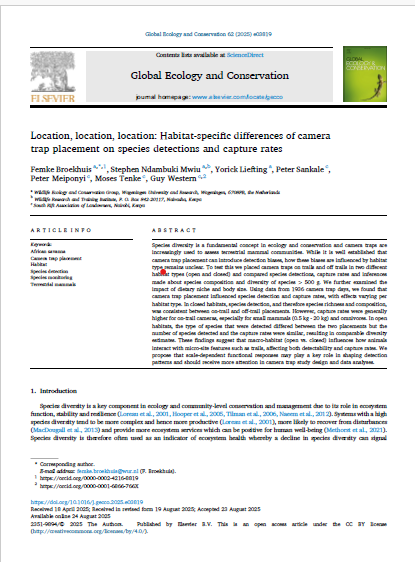
1 September 2025

1 June 2020

1 May 2020

1 April 2020

7 January 2020

23 September 2019

16 September 2019

13 September 2019

13 September 2019

13 September 2019

1 June 2020

1 May 2020

1 April 2020

7 January 2020

23 September 2019

16 September 2019

13 September 2019

13 September 2019

13 September 2019

